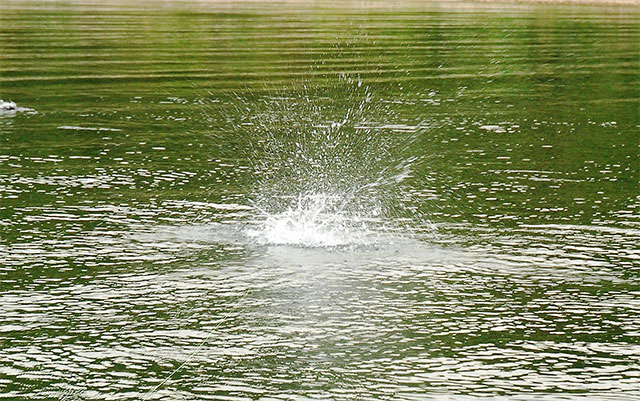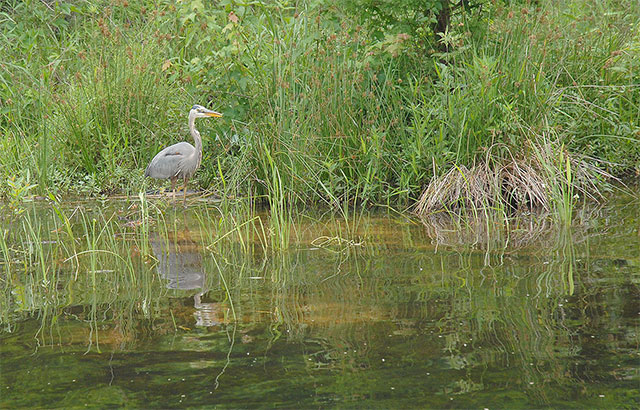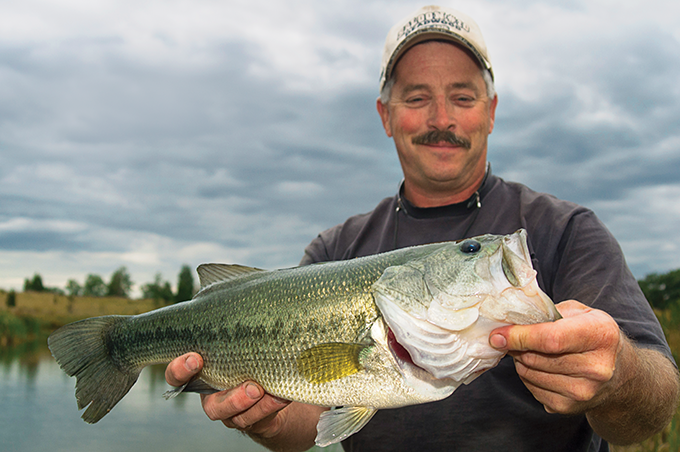
A key building block in becoming a successful fly angler is learning to become a more observant angler when on the water.
From largemouth bass to trout to tarpon, just about any species of fish in North America can be had on the fly.
But the more observant an angler is before entering the aquatic world of the fish that he or she seeks, the better the chances become that one will actually be caught.
I’ve learned to be more observant thanks to a number of top guides I’ve had the pleasure of fishing with down through the years.
One is Matt Pyles, a fly fishing enthusiast who showed me the riches of the San Juan River a few years back.
As much as he loves to fish on the famed New Mexico trout stream, he’d never make a mad dash into the water once his fly rod was assembled.
“One of the biggest mistakes people make is just rushing right into the water, making all kinds of noise,” Pyles told me.
“They’re not sneaking up on fish. Everybody wants to jump right in and start kicking up rocks. That kind of alerts the fish that people are there.”
And when the fish know that an angler is there, forget having a good chance of hooking said fish.
How can you learn to be more observant?
First, a good way to learn is to hire a guide or tag along with a seasoned veteran who can teach you what to look for in terms of the fish species that you are pursuing.
A case in point was a frigid trip to Colorado's Yampa River with guides Rhett Bain and John Duty – after more than 20-inches of snowfall no less. Normally, I would have been more than willing to sit in front of the fireplace on such a day, but these two guides helped clue me in on just how good the winter fly fishing can be for those in the know.
Second, make a commitment to slow down your angling activities, immersing yourself in the fluid world that you are entering.
My guide pal Steve Hollensed calls it “looking for life” as he eases his boat into a spot that might hold Lake Texoma striped bass, Lake Murray smallmouth, or Ray Roberts Lake largemouth.
In essence, Hollensed isn’t looking for “dead water,” or H2O that has not even a single ripple. Instead, he’s looking for “nervous water” where bait-fish are stirring under the surface … since a predatory game fish might be causing the stirring.
The Orvis-endorsed fly guide also looks for birds working the airways over a piece of water or birds lurking on a nearby perch keenly observing.
Since birds – sea gulls, pelicans, egrets, herons, loons, etc. – are looking for the same baitfish meals that game fish are; their presence is often a tip-off about the presence of fish.

Another type of bird, the lowly coot, can give a tip-off of another kind on largemouth-rich water like Lake Fork. That’s because coots are often found hanging around grass beds.
In Texas, grass means hydrilla. And hydrilla means bass habitat.
Find a patch of hydrilla in the late spring or in the summer months and odds are a good bass is lurking in its shadowy cover looking to ambush its next lunch.
A final thing is to be aware of the conditions around you, things like the wind. And I don’t mean simply from the standpoint of it affecting your casts.
Wind, as bothersome as it can be for a fly angler, is actually a good thing, at least on the warm water lakes I frequent. That’s because wind stirs the food chain from top to bottom.
Miniscule phytoplankton are blown around by even a breeze, dictating where the threadfin shad and minnows will be.
And a moderate wind will blow around the baitfish themselves, something that will cause predatory gamefish to carefully position themselves into advantageous spots to take full advantage of the protein-rich conveyor belt coming their way.
A case in point is my home water, Lake Texoma, where late spring brings plenty of wind.
Find a major lake point exposed to springtime wind and you may have a striped bass frenzy occurring in water that is hip deep or less.
That’s because in May, the threadfin shad spawn is underway, keeping vast hordes of shad tight to the shallows, where the adults and fry are often blown about by the wind.
Striped bass know this and often position themselves along windy points where the buffet takes place.
How do they know this? Because whether they know it or not, they are being observant.
Now if only the angler that pursues them – that would be me – would do likewise.
How to Catch Post-Spawn Bass on Ledges


Cycling Pacelines: Rules and Etiquette for Group Rides

Copyright © www.mycheapnfljerseys.com Outdoor sports All Rights Reserved